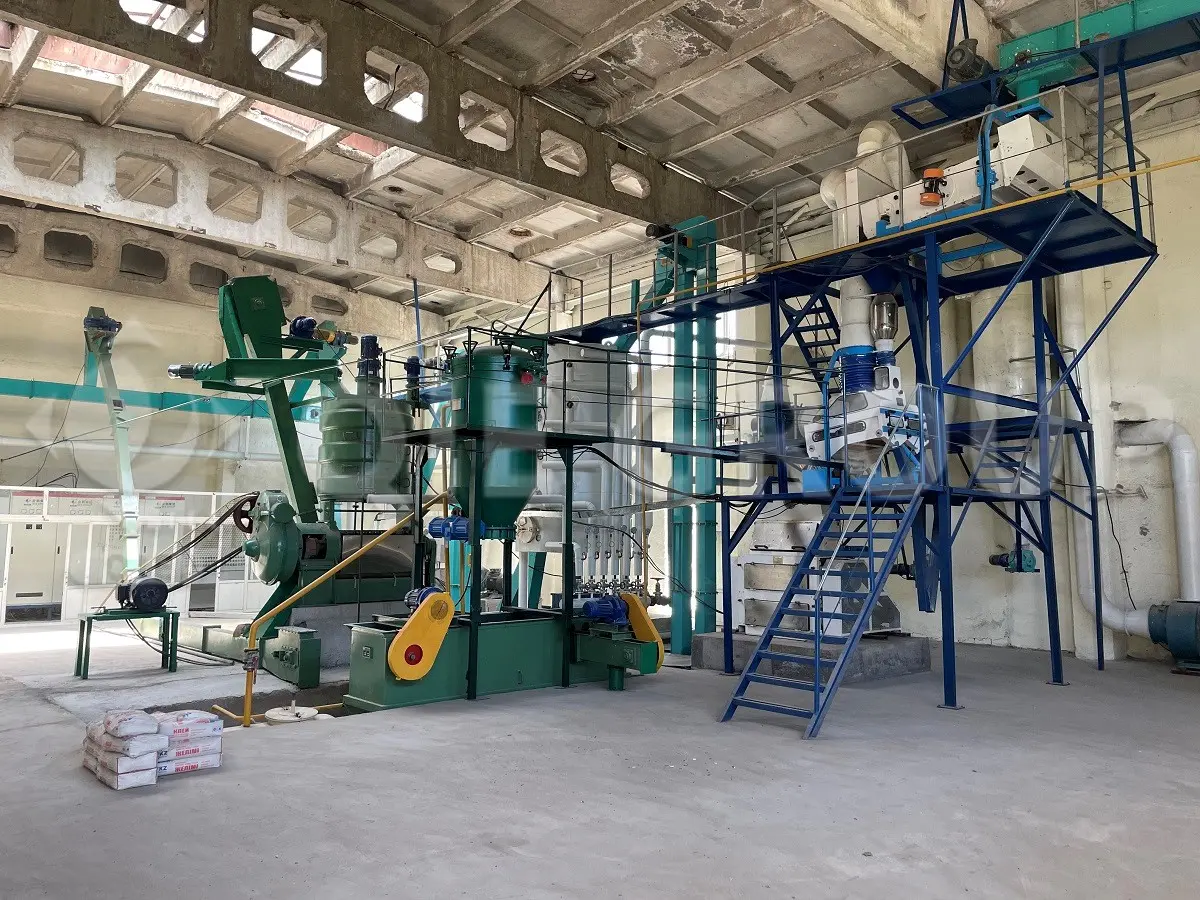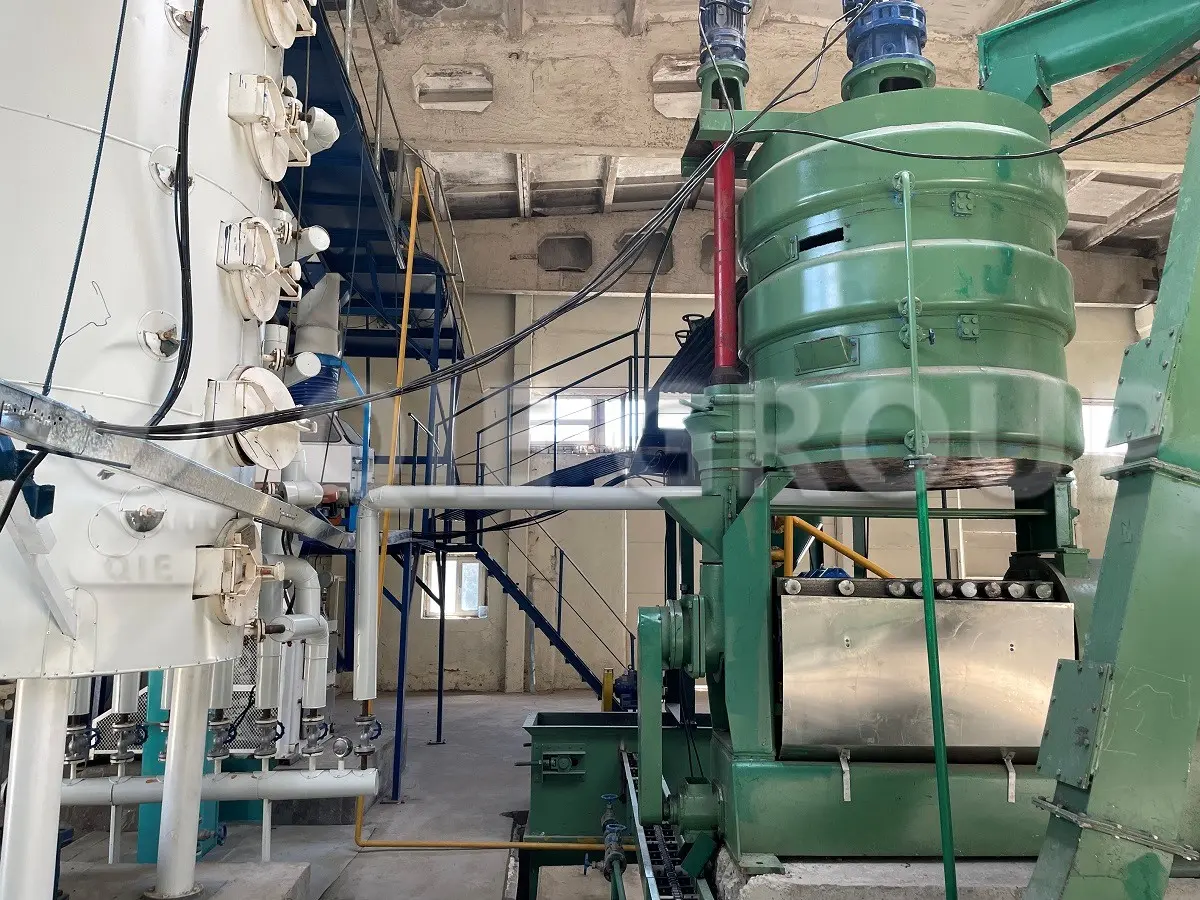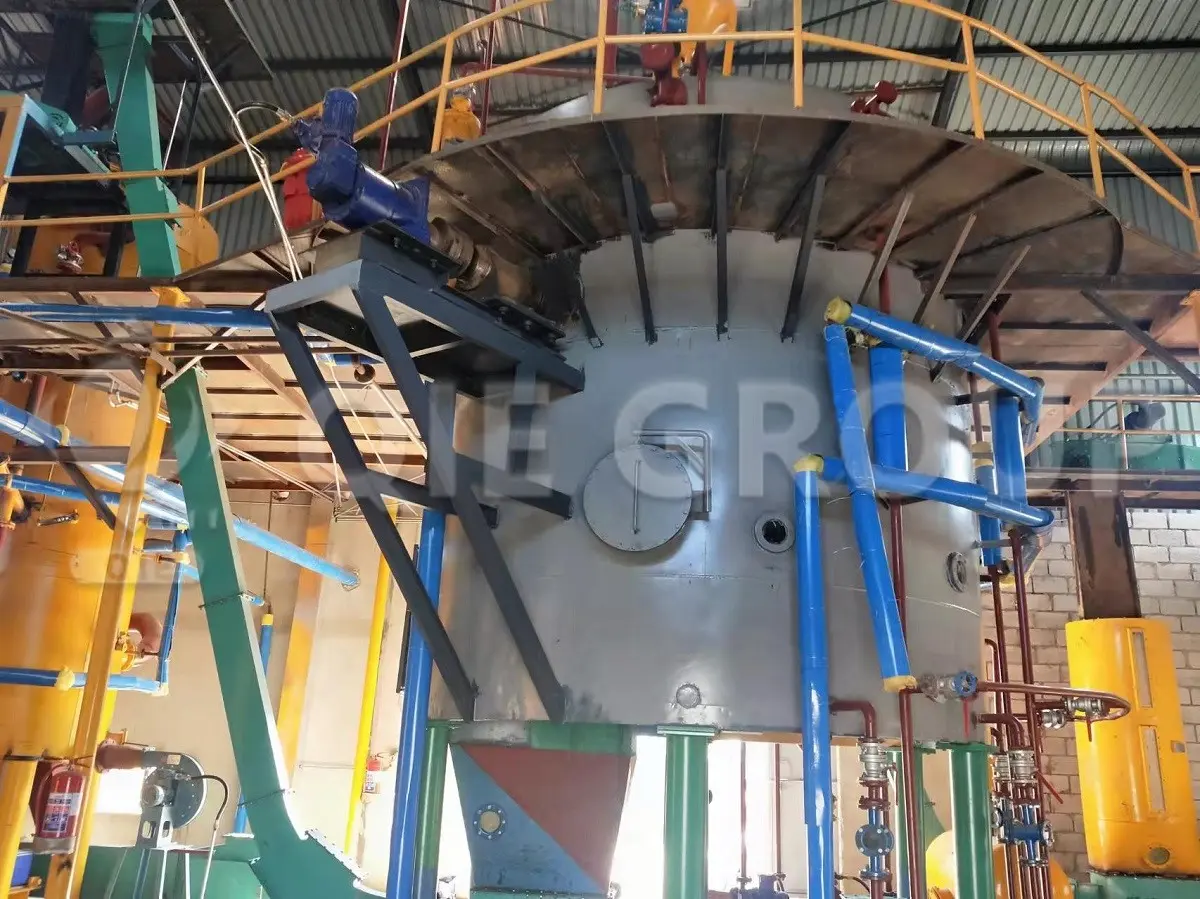Looking to enter the healthy edible oil market but worried about high investment and slow returns?Corn germ oil might be the golden opportunity you’ve overlooked: the raw material is almost cost-free, while the selling price of refined corn oil in international markets is typically 30% higher than regular vegetable oils. Whether you plan to start with a small trial line or expand to a mid- or large-scale facility, a corn germ oil processing plant can help you enter this high-margin industry at a relatively low investment.
Rising demand: Corn oil is rich in Vitamin E and linoleic acid (about 55%), which supports heart health and helps lower cholesterol. In Europe and the U.S., corn oil often sells at a 30–40% premium compared with ordinary cooking oils.
Raw material advantage: Corn germ is a by-product of the starch industry. From 100 tons of corn, about 7 tons of germ can be extracted, making the feedstock supply cost almost negligible.
Market gap: In many regions, local production cannot meet demand, and dependence on imports is high—creating a significant opportunity for new investors.

| Plant Type | Daily Capacity | Core Equipment | Investment Advantages |
|---|---|---|---|
| Small pressing plant | 1–10 TPD | Steam cooker + oil press + oil filter | Compact footprint, requires only 2–3 operators |
| Medium solvent extraction plant | 10–50 TPD | Pre-press + extractor + refining tanks | Higher oil yield, residual oil <1% |
For small-scale investors, choose a corn germ oil pressing machines.
For medium-scale plants, the “pre-press + solvent extraction” process significantly improves oil yield and reduces long-term production costs.
Factory Size: 200–500㎡ is enough for a small corn germ oil plant.
Labor: A pressing line needs only 3 workers; a solvent extraction line requires 5–8 workers.
Partner directly with corn starch plants to purchase germ.
Buying germ directly can reduce raw material cost by up to 60%.

Process: Germ → cleaning → cooking → pressing → filtering → refining
Advantages: Lower equipment investment (approx. USD 30,000–50,000), good crude oil quality
Limitations: Residual oil content of 5–6%, suitable for small-batch production
Process: Germ → pre-press → solvent extraction → degumming → neutralization → bleaching → deodorization
Advantages: Residual oil <1%, higher oil recovery, lower production cost at scale
Limitations: Requires compliant solvent handling, investment typically above USD 150,000

Ethiopia Project – $200,000 step-by-step investment
Phase 1 (Payback in 6 months)
Equipment: Cleaning sieve + Steam cooker + 200-type oil press + Plate filter
Capacity: 5 TPD germ, 22% oil yield
Profit: Crude oil supplied to local restaurants, monthly profit $12,000
Phase 2 (Capacity Expansion)
Added solvent extractor + dewaxing tower
Produced refined oil with 30% higher price premium
By-product utilization: Germ meal sold as animal feed, +$50/ton revenue
👉 This turnkey project shows how to start with a small corn germ oil plant and scale up to a complete corn germ oil production line.
QIE Group provides:
✅ Customized solutions: from small-scale corn germ oil plants to large-scale turnkey production lines
✅ Flexible equipment: 1–500 TPD corn germ oil production line
✅ End-to-end service: factory layout, installation, training, and refining standards compliance
📩 Contact QIE Group today – your reliable corn germ oil production line supplier to capture the booming healthy oil market.











